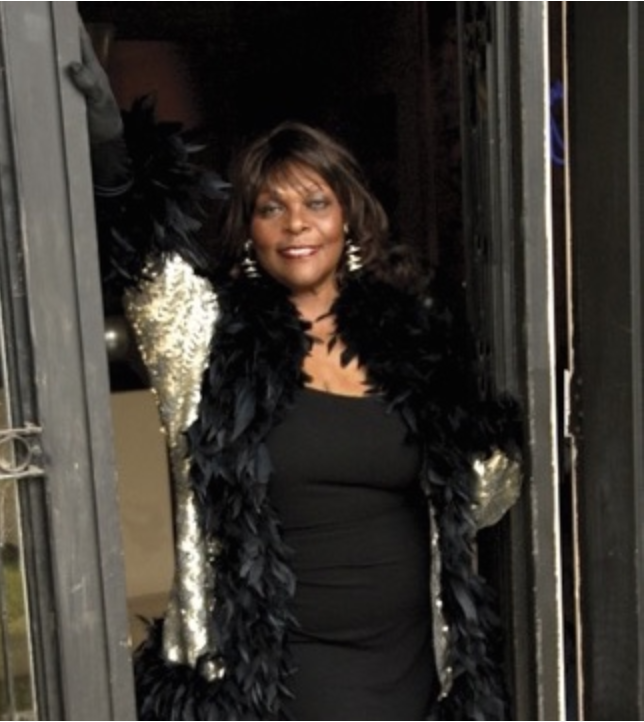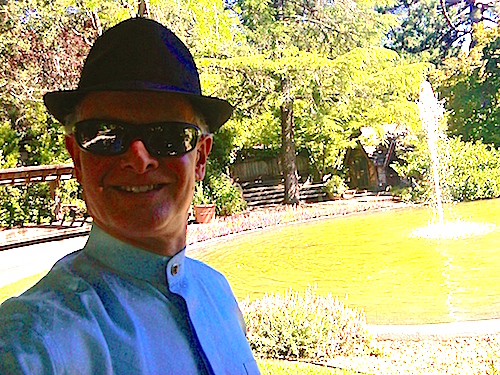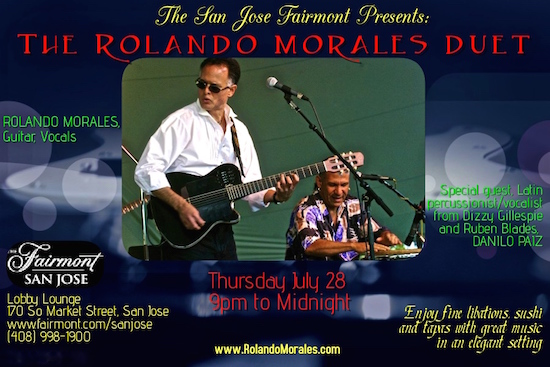|
August 1, 2016
Hola, Mi Gente!
July’s political theater has helped the month scurry by. When coupled with the positive experiences of so many private events I played through last week, the month seemed but a blink of an eye. (Which reminds me… For those of you who have been asking, yes, my right eye is so much improved, but I still have an intermittent white veil that obstructs part of my vision, but that should go away within a few more weeks.)
Through it all, my August Calendar suddenly reveals itself tomorrow, Tuesday August 2nd with my first appearance in almost 6 weeks at Maria, Maria in Danville from 6-9pm. That will be my only public appearance of the week, as I will be doing only private events for the next week.
After I return, there will be plenty of public shows to chose from throughout August. Some highlights include an exciting version of my Trio performing on Saturday August 13 at the brand new Pairings Cellars in Pleasanton. The band will feature the great Paraguayan violinist Carlos Reyes, Grammy-winning Latin percussionist/vocalist Omar Ledezma and myself on guitar, guitar synth and voice. Details below.
Then on August 17, I’ll be doing a very rare Wednesday duet performance for you South Bay fans at the San Jose Fairmont in the Lobby Lounge from 9-Midnight. I’ll feature the delightful violinist Ms. Patricia Weiss. She has shared the stage with the Gipsy Kings. Details below.
There’s much more to come. I’ll see you at the show!
Ciao,
Rolando
PUBLIC PERFORMANCES FOR AUGUST 2016
Tuesday Aug 2, Maria, Maria Cantina, 710 Camino Ramon Road, Danville CA, approx 6-9pm. After 5 weeks away, Rolando finally returns to Carlos Santana’s most elegant restaurant for Taco Tuesday. $1 tacos, baby! And Rolando on solo guitar and voice with his diverse repertoire performing out on the patio by the fire pits. (925) 820-2366. See www.mariamariarestaurants.com.
Friday Aug 12, Don Pico’s Mexican Bistro, 461 El Camino Real, San Bruno, 6 to 9 pm. Rolando returns to the place The Examiner and Independent have proclaimed has the “Best Seafood and Best Mexican Food” anywhere, on solo guitar and voice in the Restaurant Room. Call (650) 589-1163, www.donpicosbistro.com.
Saturday Aug 13, Pairings Cellars, 310 Main Street, Suite B, Pleasanton CA 94566, 8-11pm. Rolando returns to this brand new, exciting social hotspot in downtown Pleasanton. This new wine bar features fine wines, tapas and the Rolando Morales Trio, featuring from Paraguay, the thrilling violinist with Steve Miller and Arturo Sandoval, the great Carlos Reyes; from Venezuela, the Grammy-winning Latin percussionist/vocalist Omar Ledezma; and Rolando Morales leading the way on guitar, guitar synth and voice. Free!x www.pairingscellars.com, (925) 398-8846.
Sunday Aug 14, Maria, Maria Cantina, 1470 North Broadway, Walnut Creek, approx 2-5pm. Rolando returns for the Maria, Maria Tardeada series. Enjoy a Mexican brunch outdoors and Rolando performing on the newly renovated front patio on solo guitar and voice by the creek. He may be joined by flautist Bob Harrison. www.mariamariarestaurants.com, or call (925) 946-1010.
Wednesday Aug 17, The San Jose Fairmont, Lobby Lounge, 170 South Market St., San Jose CA, 9pm-Midnight. Rolando returns for you South Bay fans to this elegant venue. Celebrate the night with fine wines, unique martinis, appetizers and sushi along with the Rolando Morales Duet, this time featuring the delightful violinist who played with the Gipsy Kings, Ms. Patricia Weiss; and Rolando Morales leading the way on guitar and vocals and his magic pedal board. Free! See www.fairmont.com/sanjose/ for info, or call (408) 998-1900.
Saturday Aug 20, Don Pico’s Mexican Bistro, 461 El Camino Real, San Bruno, 6 to 9 pm. Rolando returns on solo guitar and voice in the intimate Restaurant Room for a rare Saturday night performance. Call (650) 589-1163 and see www.donpicosbistro.com.
Sunday Aug 21, Maria, Maria Cantina, 1470 North Broadway, Walnut Creek, approx 2-5pm. Enjoy a Mexican brunch and Rolando performing on the newly renovated front patio on solo guitar and voice by the creek. If it’s too hot, it will be indoors. He may be joined by Bob Harrison on flute. www.mariamariarestaurants.com, (925) 946-1010.
Friday Aug 26, Pairings Cellars, 310 Main Street, Suite B, Pleasanton CA 94566, 8-11pm. Rolando returns to this brand new, exciting social hotspot in downtown Pleasanton. This new wine bar features fine wines, tapas and this time, Rolando on solo guitar and voice. Free! www.pairingscellars.com, (925) 398-8846.
Saturday Aug 27, Vine at Bridges, 480 Hartz Avenue, Danville, approx 8-11pm. The Rolando Morales Duet returns to this cool winery and nightspot. Enjoy a wonderful selection of wines, superb dinners and munchies while enjoying this powerful duet. Tonight Rolando reunites with the charismatic Latin percussionist/vocalist from George Benson and Prince, the delightful Estaire Godinez; and on guitar, voice and his pedal board of magic, the passionate Rolando Morales. They’ll cover the musical spectrum. Don’t miss it! www.thevineatbridges.com, (925) 820-7210.
Sunday Aug 28, Maria, Maria Cantina, 1470 North Broadway, Walnut Creek, approx 2-5pm. Enjoy a Mexican brunch at Carlos Santana’s lively cantina and Rolando performing on the newly renovated front patio on solo guitar and voice by the creek. He may be joined by Bob Harrison on flute. www.mariamariarestaurants.com, (925) 946-1010.
Tuesday Aug 30, Maria, Maria Cantina, 710 Camino Ramon Road, Danville CA, approx 6-9pm. Rolando returns to Carlos Santana’s most elegant restaurant for Taco Tuesday. $1 tacos, baby! And Rolando on solo guitar and voice with his diverse repertoire performing out on the patio by the fire pits. We’ll see if he has any special guests sitting in… (925) 820-2366, www.mariamariarestaurants.com.
All other shows are private. Why not hire Rolando for your own private event? He’s available for corporate shows, weddings, parties, concerts and festivals. The Rolando Morales group is available as sextet, quintet, quartet, trio and duo depending on your entertainment needs and budget.
|



